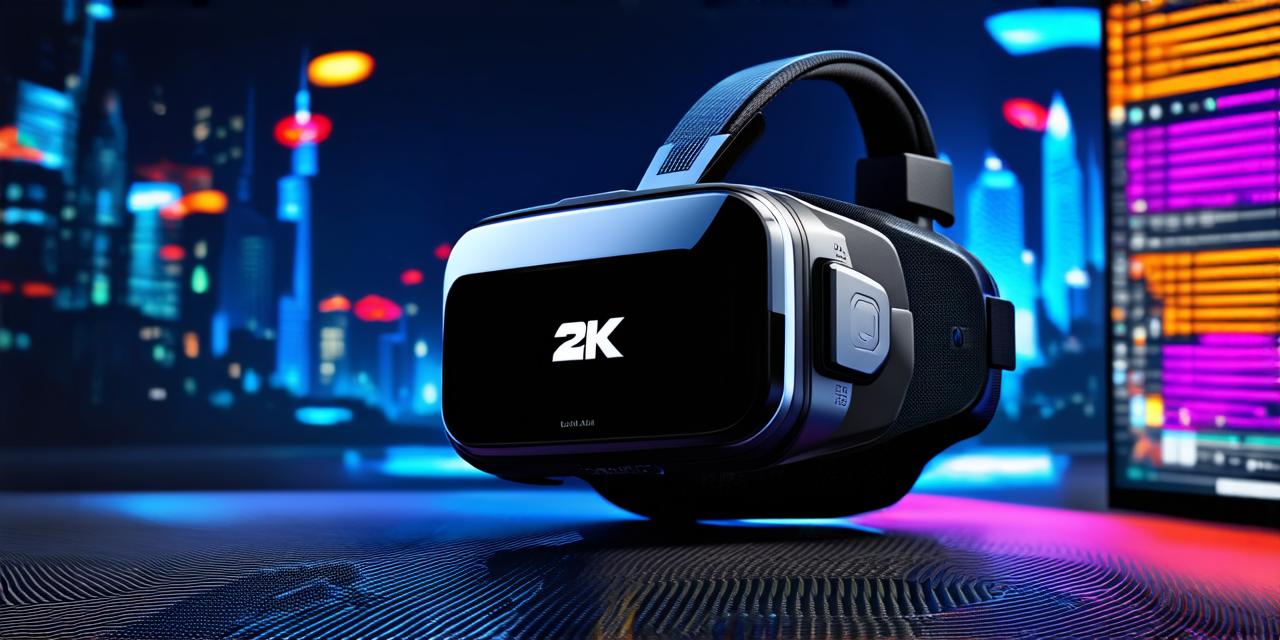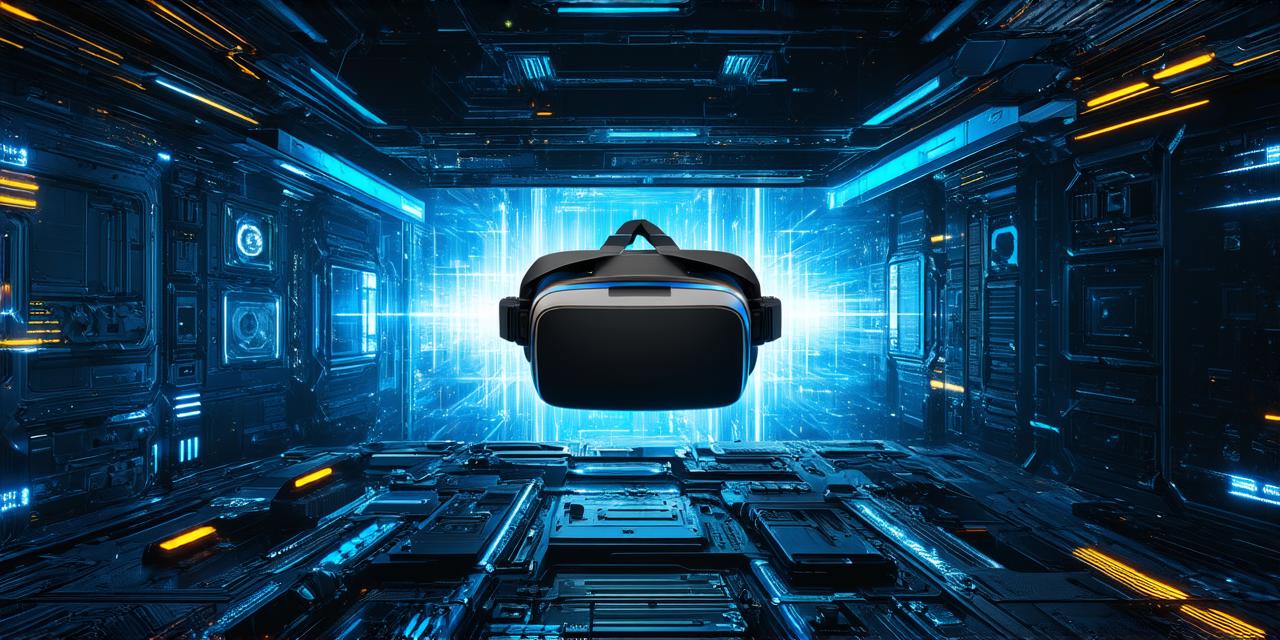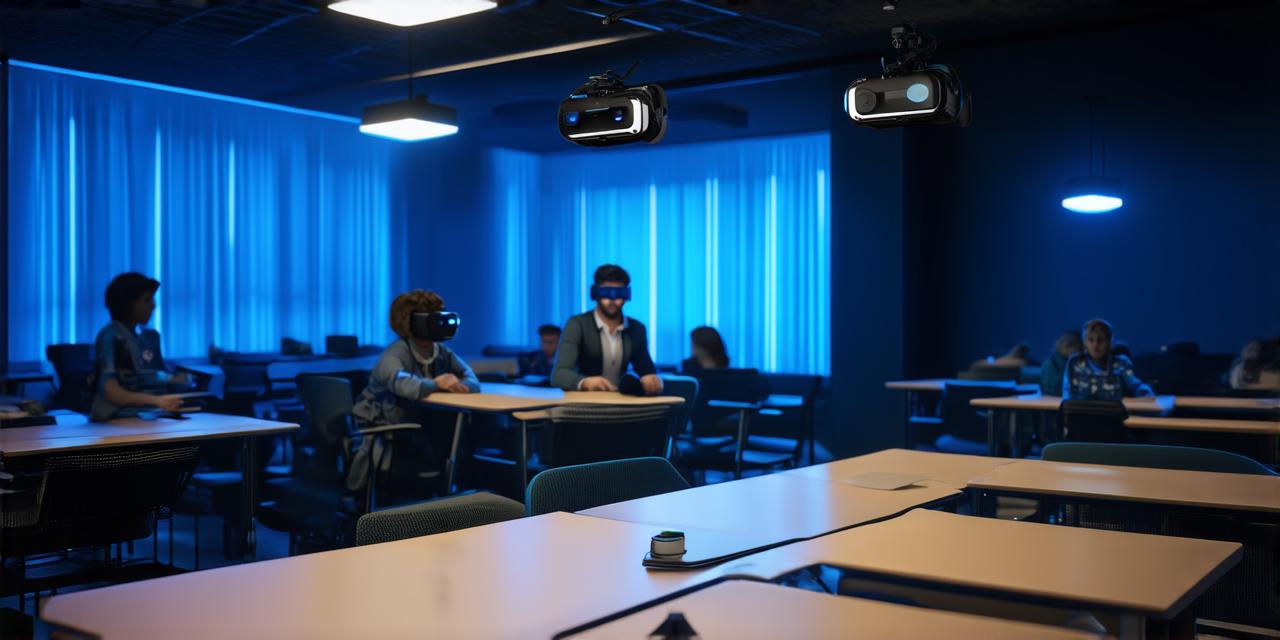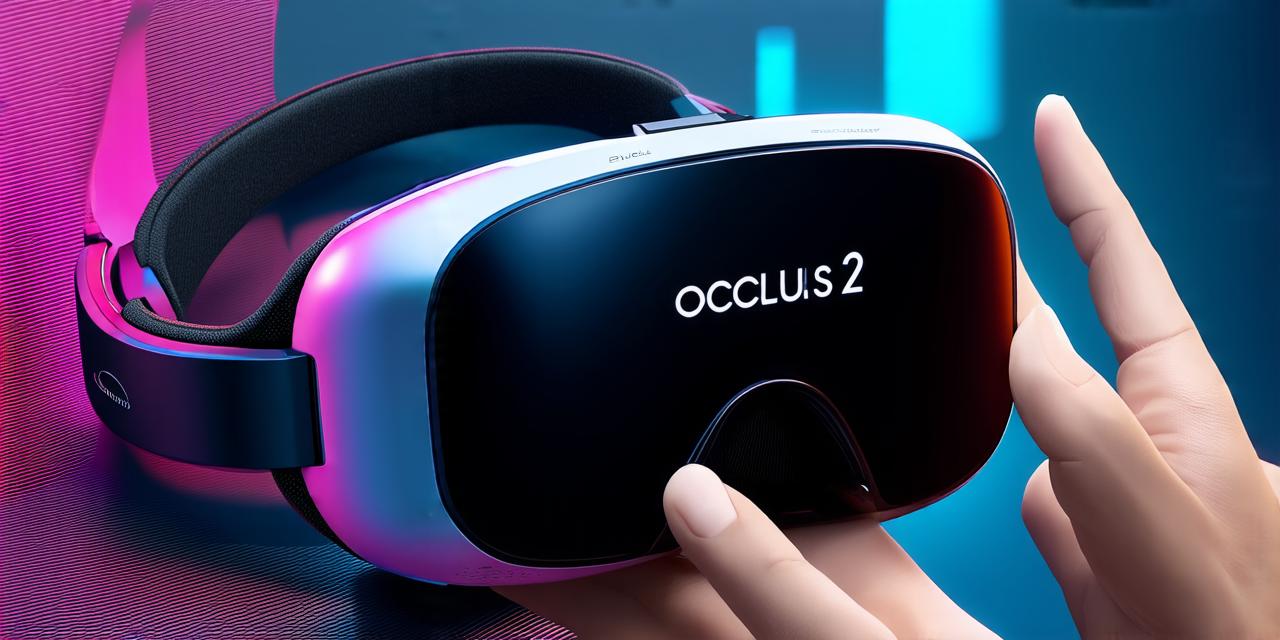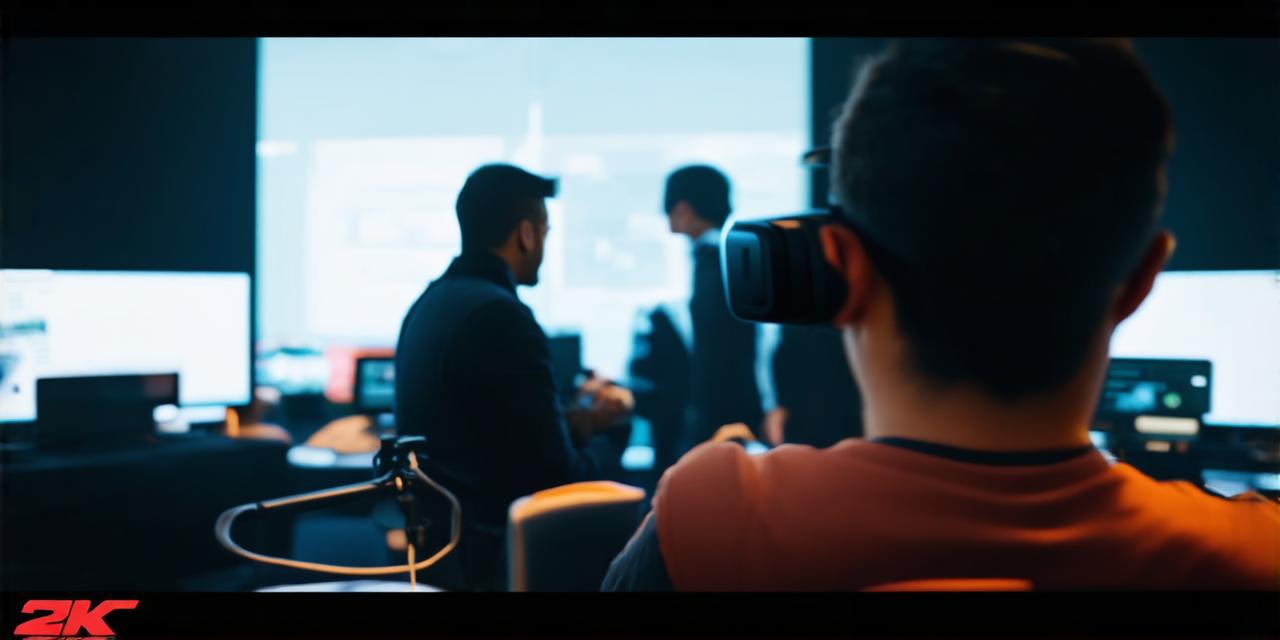Virtual Reality (VR) technology is transforming the way we experience the world around us. From gaming to training, virtual reality has numerous applications across various industries. However, before you can start exploring the limitless possibilities of VR, you need a headset. In this article, we will explore the cost of a virtual reality headset and its impact on VR adoption rates.
Virtual Reality Headsets: An Overview
A virtual reality headset is a wearable device that allows users to enter a computer-generated environment in real-time. This immersive experience is achieved through the use of sensors, cameras, displays, and processors that track the user’s movements and translate them into an artificial world. The most popular VR headsets include the Oculus Quest 2, HTC Vive Pro Eye, and PlayStation VR.
The Cost of Virtual Reality Headsets: A Breakdown
Virtual reality headsets can range in price from a few hundred dollars to several thousand dollars, depending on the quality and features of the device. The Oculus Quest 2, for example, costs $299, while the HTC Vive Pro Eye can set you back by $1399. On the other hand, the PlayStation VR costs $449.
In addition to the initial cost of purchasing a headset, there are also ongoing maintenance and upgrade expenses to consider. For example, if your headset requires proprietary software or games, you may need to invest in additional hardware or subscriptions. Additionally, the lifespan of a VR headset can vary depending on usage, with some devices needing replacement parts or repairs after just a few months.
The Impact of Cost on VR Adoption Rates
The cost of virtual reality headsets has been a significant barrier to adoption, particularly for smaller businesses and individuals who may not have the financial resources to invest in such expensive technology. However, as the price of VR devices continues to decrease, we are likely to see more widespread adoption across various industries.
For example, in the gaming industry, virtual reality has already gained significant traction with the release of affordable headsets like the Oculus Quest 2. This device is accessible to a wider audience and has led to the development of exclusive VR games that cannot be experienced on traditional gaming platforms. As more gamers invest in VR headsets, we can expect to see a growth in the gaming industry and the development of new and innovative games that take advantage of the immersive nature of virtual reality.
Similarly, in the healthcare industry, virtual reality has been used for training and simulation purposes. However, the high cost of VR devices has limited their adoption. As the price of headsets decreases, we can expect to see more widespread use of VR in healthcare training and education, leading to improved patient outcomes and a reduction in medical errors.
The Role of AR Developers in Virtual Reality Adoption
As an AR developer, you have a critical role to play in the adoption of virtual reality technology. By leveraging your expertise in augmented reality, you can help bring virtual reality to life and create immersive experiences that captivate users and drive business growth.
One way to do this is by developing content that is compatible with VR devices. This could include creating 3D models or animations that are optimized for the unique features of a particular headset, such as the Oculus Quest 2’s hand tracking capabilities. By doing so, you can create experiences that are both intuitive and engaging, making it easier for users to navigate the virtual environment.
Another way to drive VR adoption is by collaborating with hardware manufacturers to develop custom solutions that meet the specific needs of your clients. For example, if a client in the healthcare industry is looking to use virtual reality for training purposes, you could work with them to develop a VR experience that simulates real-world medical scenarios. By doing so, you can help make virtual reality more accessible and practical for businesses and organizations across various industries.
Case Studies: Real-Life Examples of VR in Action
Virtual reality is already being used in a variety of applications across various industries, and as the technology continues to evolve, we can expect to see even more innovative uses of VR in the future. Here are some real-life examples of virtual reality in action:
- Healthcare Training: Virtual reality has been used for healthcare training purposes, allowing medical professionals to practice their skills in a safe and controlled environment. For example, the University of California San Francisco developed a VR simulation called “The Human Anatomy Experience” that allows medical students to explore the human body in 3D.
- Product Design: Virtual reality has been used for product design purposes, allowing designers to create prototypes and test them in virtual environments before investing time and resources into physical production. For example, Nike partnered with HTC Vive to develop a VR experience that allowed designers to create custom sneakers in real-time.
- Real Estate: Virtual reality has been used in the real estate industry to allow potential buyers and renters to explore properties remotely. For example, Redfin developed a VR platform called “Redfin Space” that allows users to take virtual tours of properties without having to be physically present.
- Gaming: Virtual reality has already gained significant traction in the gaming industry, with devices like the Oculus Quest 2 making it accessible to a wider audience. For example, Beat Saber is a VR rhythm game that has become incredibly popular on the Oculus platform.
Conclusion
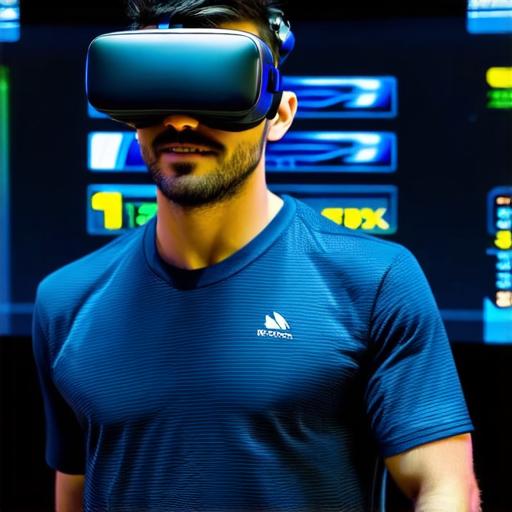
The cost of a virtual reality headset is an important consideration for businesses and individuals looking to invest in this technology. While VR devices can be expensive, their price is gradually decreasing as the technology becomes more mainstream. As the adoption rate of VR continues to grow, we can expect to see even more innovative uses of the technology across various industries.
As an AR developer, you have an important role to play in driving VR adoption by developing content that is optimized for VR devices and collaborating with hardware manufacturers to develop custom solutions that meet the specific needs of your clients.
In summary, the cost of a virtual reality headset is a significant barrier to adoption, but as technology continues to evolve, we can expect to see more widespread use of VR across various industries. As an AR developer, you have a critical role to play in driving this adoption by developing content that is optimized for VR devices and collaborating with hardware manufacturers to develop custom solutions that meet the specific needs of your clients.
